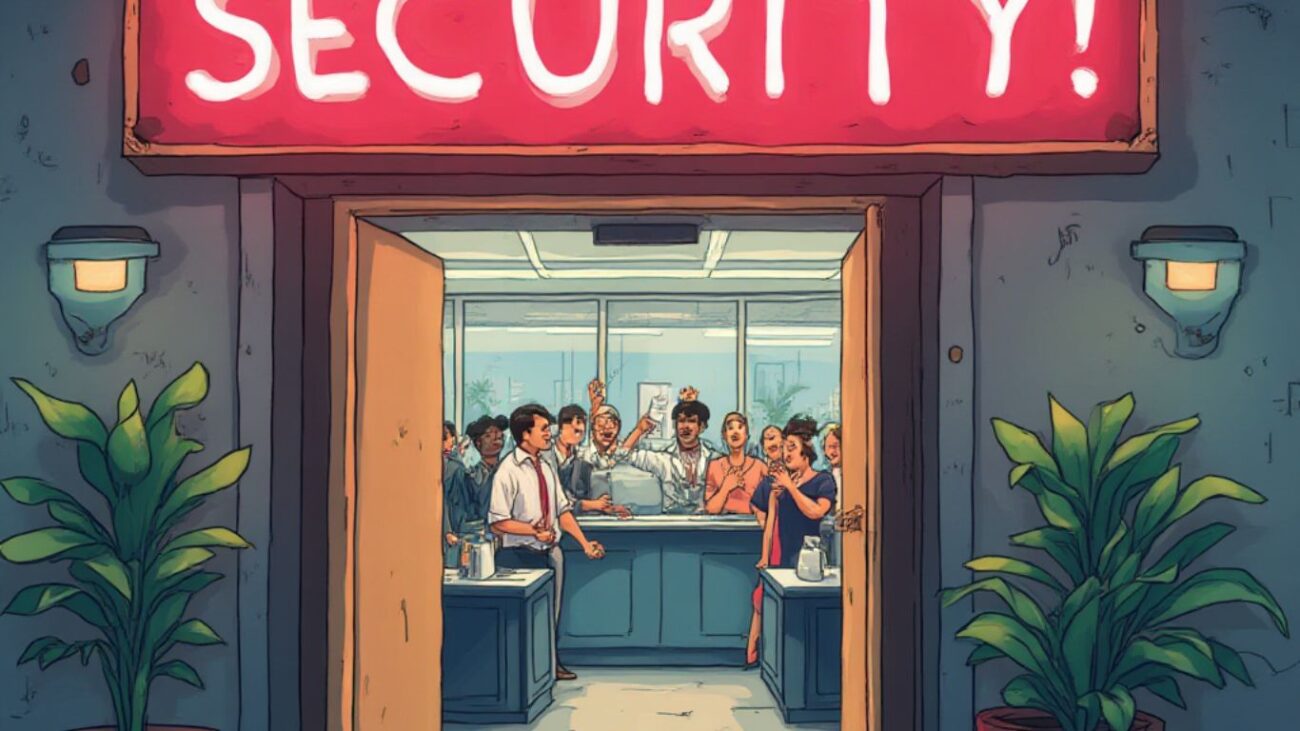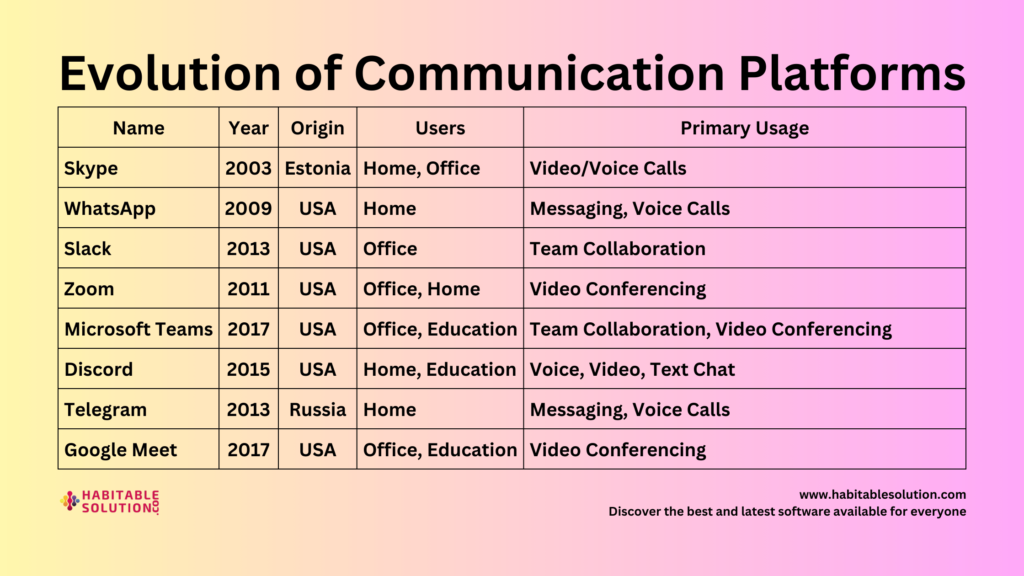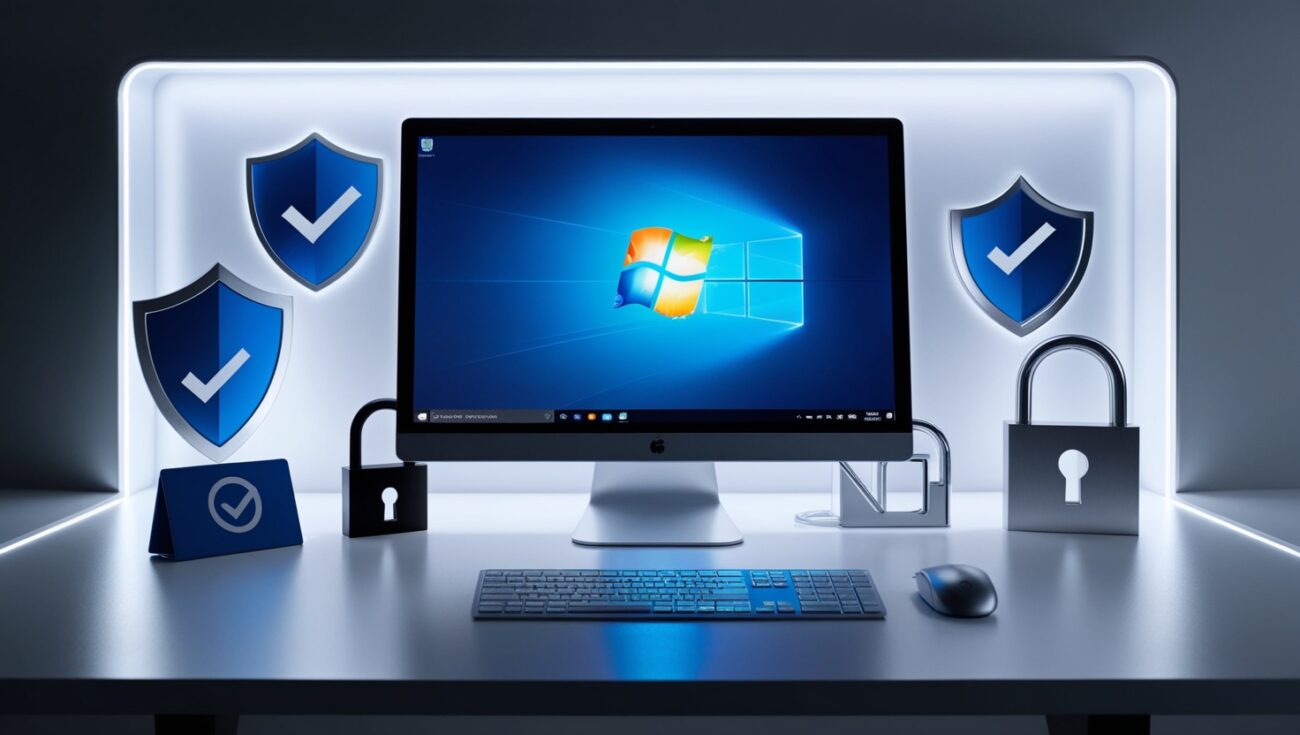“We passed the audit, so we’re secure… right?” If that sentence sounds familiar, your organization is probably running on vibes—gut feelings, check‑the‑box policies, and dashboards that look busy but measure nothing. Inspired by the viral conference rant “Why Every Company’s Cybersecurity Is Just Vibes,” this narrative essay dissects the gulf between perceived security and actual risk reduction, then maps out concrete steps to close it.
The Vibe Economy of Modern Security

When the keynote speaker clicked to slide two—an image of stock‑photo professionals fist‑bumping over the words “We take security seriously”—half the audience laughed, the rest shifted uncomfortably. The transcript captures his next line verbatim: “If a slogan is your strongest control, your network is an all‑you‑can‑eat buffet.” The problem isn’t ignorance; it’s illusion. Compliance checklists, vendor dashboards, and zero‑day headlines create a veneer of readiness that often dissolves the moment a real incident hits.
Three vibe generators surfaced repeatedly in the talk:
- Audits ≠ Assurance – Passing ISO 27001 or SOC 2 proves paperwork, not posture.
- Dashboard Theater – 487 medium‑severity alerts scrolling by does not mean someone triaged them.
- Buzzword Budgeting – Boardrooms fund “AI XDR” but balk at paying engineers to patch legacy VPNs.
The result? A culture that confuses fluorescent metrics with meaningful defenses.
Anatomy of a Vibes‑Only Incident

The speaker’s story starts on a rain‑slick Thursday night, minutes before quarter‑end. In FinCloud’s Slack channel, green audit checkmarks flood chat—SOC 2 finally “passed.” Champagne emojis pop while the junior ops engineer merges what he thinks is a trivial commit: an .env file stripped of secrets but still holding a read‑only AWS key. Twelve minutes later that key appears on a public GitHub fork used for a college coding boot‑camp. Automated scanners scrape tokens in under 30 seconds; a Russian‑speaking Telegram channel posts the find; and bot scripts spin up on-demand EC2 instances across three regions.
By dawn attackers have cloned three terabytes of customer invoices. SOC dashboards display a polite yellow banner—“Anomaly detection learning mode.” No one clicks; the team is busy generating final compliance PDFs for the board packet. The breach isn’t discovered until a journalist emails PR two days later. FinCloud met every control in the policy binder, yet lacked the only metric that mattered: data egress over baseline.
Key quote from the transcript: “Security without telemetry is astrology. You’re guessing at constellations while data rockets past the firewall.”
From Vibes to Verifiable: Four Anchors of Real Security

- Observable Controls – Every policy must map to a log source. If you can’t alert on it, you can’t enforce it.
- Automated Feedback Loops – Treat patches like CI/CD deployments: push, test, verify, roll back if needed—today, not next quarter.
- Risk‑Weighted Metrics – Replace “number of vuln scans” with “time‑to‑patch critical CVEs.” Ten high‑risk bugs fixed beats 10,000 lows ignored.
- Purple‑Team Culture – Offensive insight feeds defensive tuning in real time; defenders validate detection by watching red show their work.
These anchors turn vibes into visibility. As the speaker noted, “Attackers automate. So must we.”
Case Study: Killing Vibes at FinTechCo

FinTechCo’s board once gauged cyber health by audit pass‑rates and vanity dashboards. A near‑miss ransomware scare—caused by an unpatched Confluence server—shattered that illusion. In response, the CISO replaced 27 vanity KPIs with three risk‑weighted metrics:
- Mean‑Time‑to‑Detect (MTTD) for privilege‑escalation events.
- Patch Latency for CVSS 9.0+ exposures across Internet‑facing assets.
- MFA Coverage for all workforce identities, weighted for admin roles.
Automation pipelines (GitLab CI + Ansible) trimmed critical patch latency from 38 days to 24 hours. A quarterly purple‑team drill showed tangible improvement: pentesters who previously breached staging in under two hours now averaged four days, burning half their statement of work collecting telemetry breadcrumbs. Audit scores stayed high, but for the first time the ops graph told a matching story: incidents fell 41 % and the cyber‑insurance premium dropped $180K at renewal.
Practical Checklist (2025 Edition)
- Tie every security control to a log query in ELK or Splunk.
- Enforce passkeys for all admin panels—FIDO2 makes password theft moot.
- Patch in sprints: integrate security tickets into the same Jira board as product stories.
- Run monthly purple sprints: red team uses only public exploits; blue must detect in real time.
- Report on risk, not activity: executives need impact narratives, not alert counts.
Follow even half and you’ll transform vibes into verifiable defenses.
The Human Science Behind Vibes

Why do smart people fall for dashboard theater? Cognitive‑bias research offers clues. Fluency bias tricks the brain into equating slick visuals with trustworthiness. Availability bias makes us overrate flashy zero‑day headlines while ignoring stale but lethal misconfigs. And metric fatigue—the corporate cousin of decision fatigue—drains attention until any green checkmark feels like relief. Security leaders must design metrics that fight these biases: fewer dials, clearer thresholds, and direct line‑of‑sight to risk dollars.
Psychologist Daniel Kahneman framed it perfectly: “What you see is all there is.” Attackers rely on defenders seeing comforting dashboards instead of hidden exfiltration spikes. Tackling the human factor means pairing telemetry with narrative: turn a gigabyte‑per‑minute data spike into a five‑second animation during exec briefings; show, don’t list. When leadership feels the incident curve, the purse strings open for real controls.
From Numbers to Narrative—Executive Conversation Starters

Data without storytelling stalls. Here are three metric‑driven scripts you can deploy in the next board meeting:
- “If we trimmed patch latency from 24 days to 24 hours, we’d save $3.1 million in breach‑probability costs,” referencing the Ponemon cost‑per‑record model.
- “Rolling out passkeys will remove password reset tickets, freeing two FTEs worth $180K to hunt threats instead of typing ‘Have you tried turning it off and on again?’.”
- “A single purple‑team sprint uncovered a blind spot that our $120K SIEM license missed—what else are we paying to ignore?”
Opening with business impact reframes security from cost center to risk reducer. Story gives numbers teeth.
Specs & Budget Reality

| Item | Average Spend | Value When Measured Properly |
| SIEM License | $120K / yr | Only worth it if logs fuel actionable alerts. |
| FIDO2 Tokens | $40 / usera | Cuts credential stuffing by ~90 %. |
| Patch Automation | $0 (open‑source Ansible + GitLab CI) | Reduces human toil; slashes CVE exposure windows. |
| Purple‑Team Retainer | $60K / yr | ROI: detects blind spots audits never reveal. |
Closing Thoughts: Beyond Astrology

Vibes feel good until the incident bridge call blares at 2 a.m. Dashboards that once shimmered like constellations suddenly look like cluttered night skies—pretty, but useless for navigation. The exit from astrology involves three cultural pivots:
- Evidence First: No control lives in policy until its log source is validated in SIEM search.
- Automation Over Admiration: Hero admins are laudable, but repeatable pipelines never forget a step.
- Storytelling With Data: Executives approve budgets when you translate CVE‑2025‑1234 into “$2 million potential regulatory fine.”
Swap star signs for sensor logs, and your next audit won’t merely grant a certificate—it will rubber‑stamp a defense posture adversaries actually fear.
“Your crown‑jewel app doesn’t care how pretty the dashboard looks; it cares whether yesterday’s patch shipped before bots weaponized the bug.”
The era of vibe‑based cybersecurity is ending. The telescope is built, the coordinates are known—time to look through the lens.
People also search for:
- Why are there so many cybersecurity companies?
- What is the reality of working in cybersecurity?
- What are the 5 reasons cybersecurity is important now more than ever?
- Is cybersecurity stressful?
- Is cybersecurity a hard job?
Written by Tahsin Tariq | Habitablesolution.com





